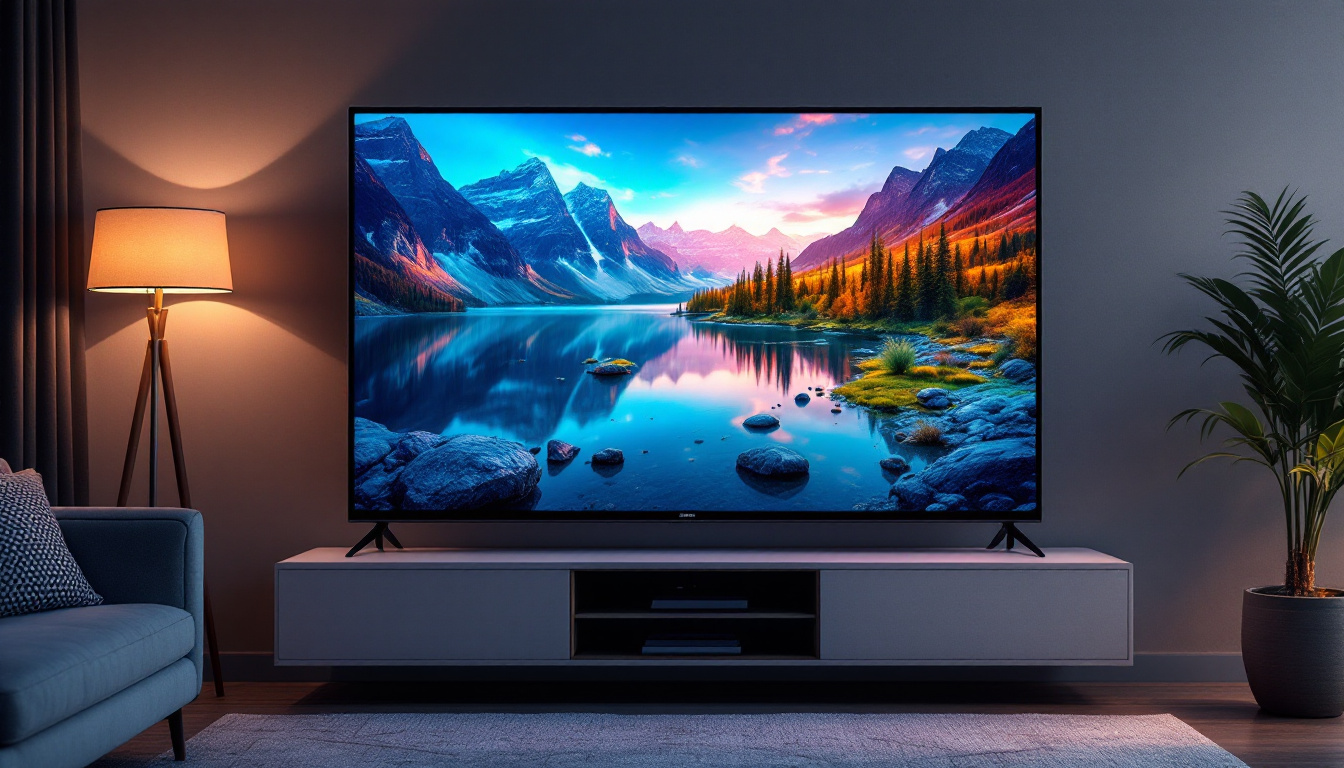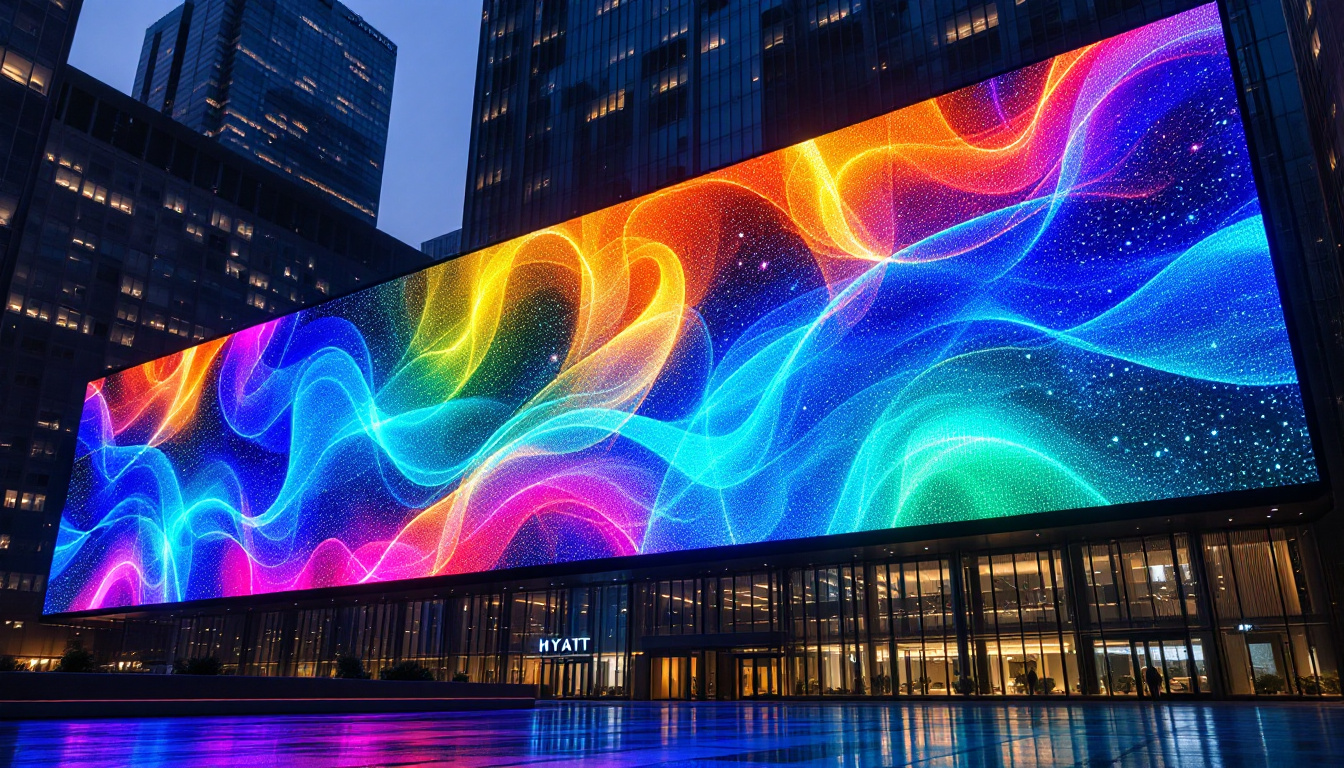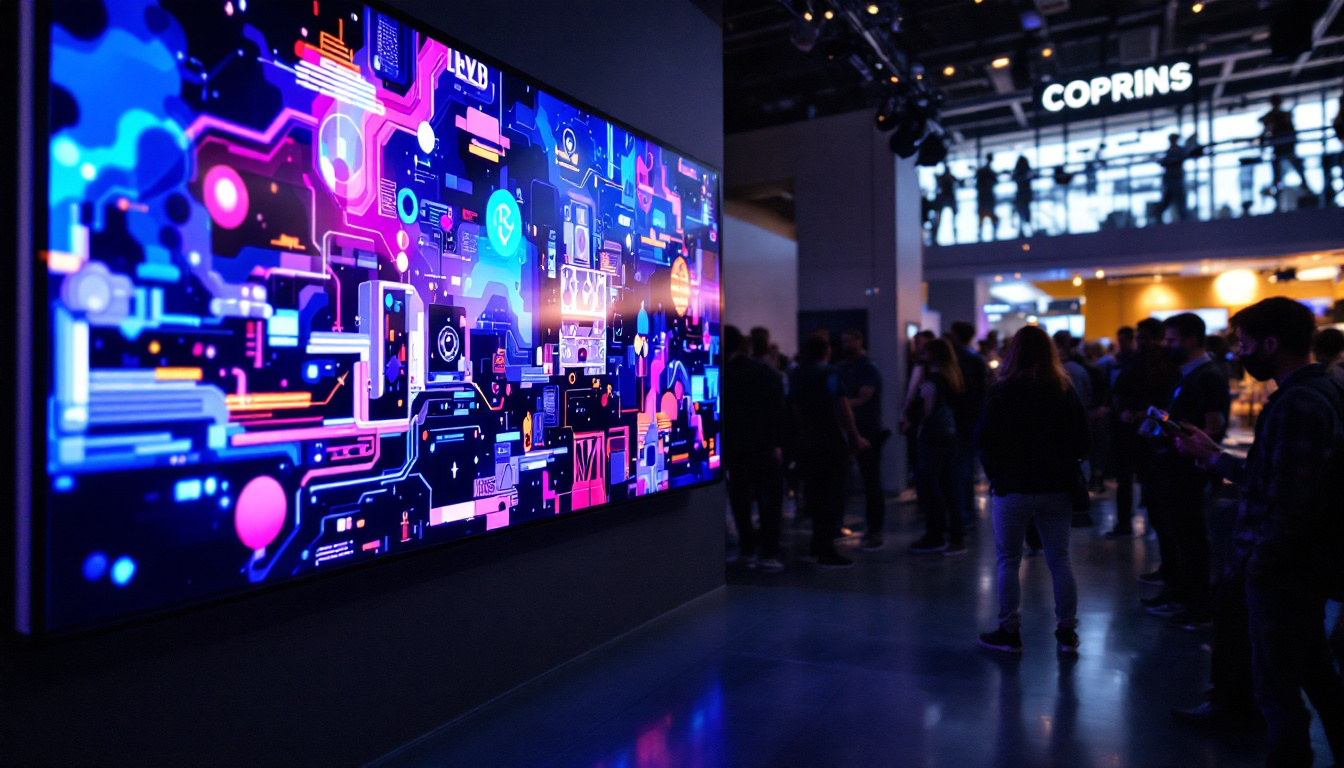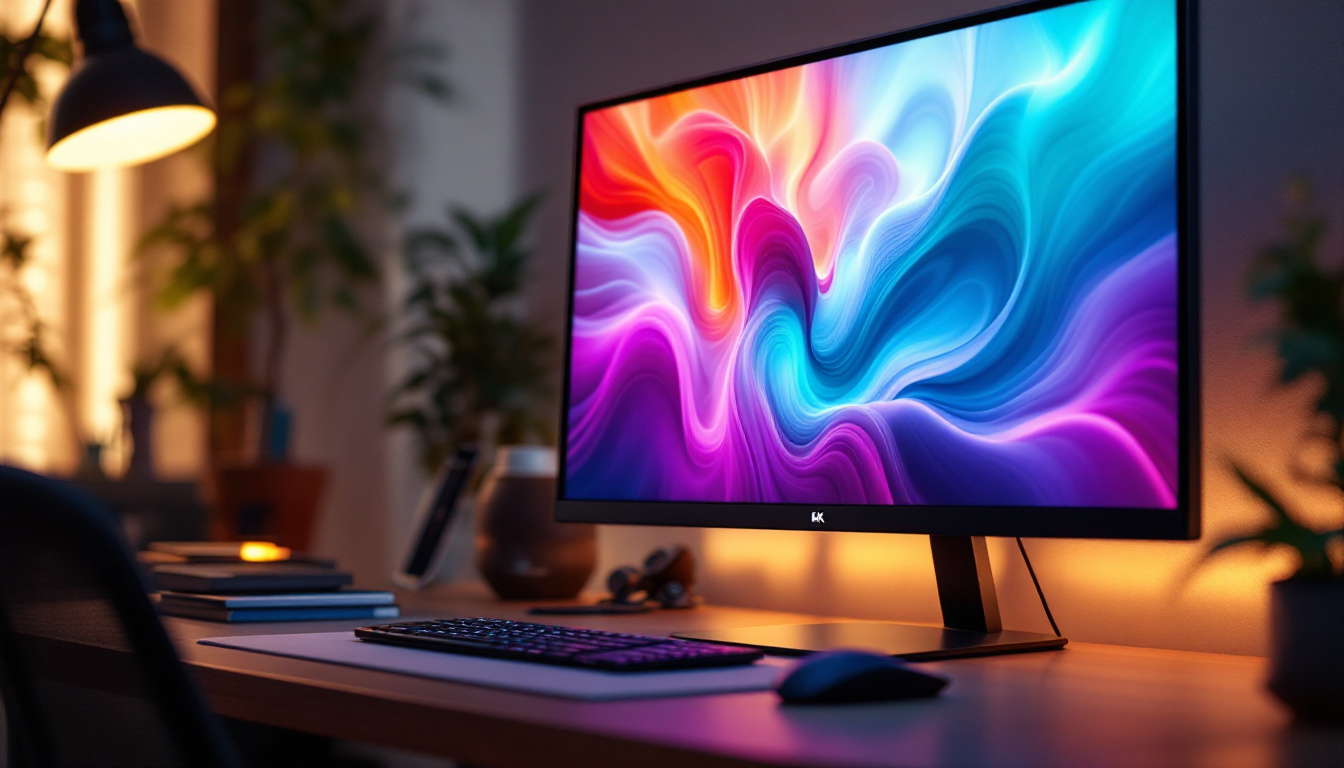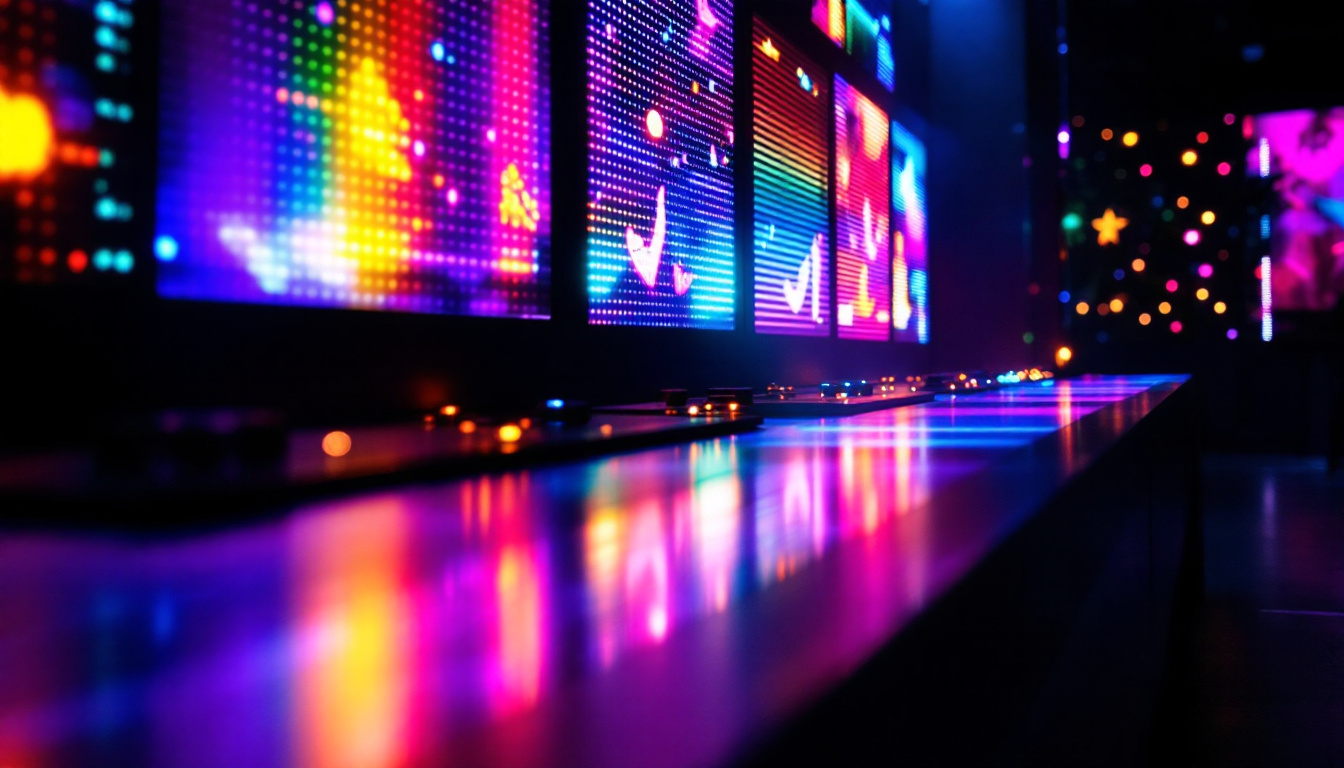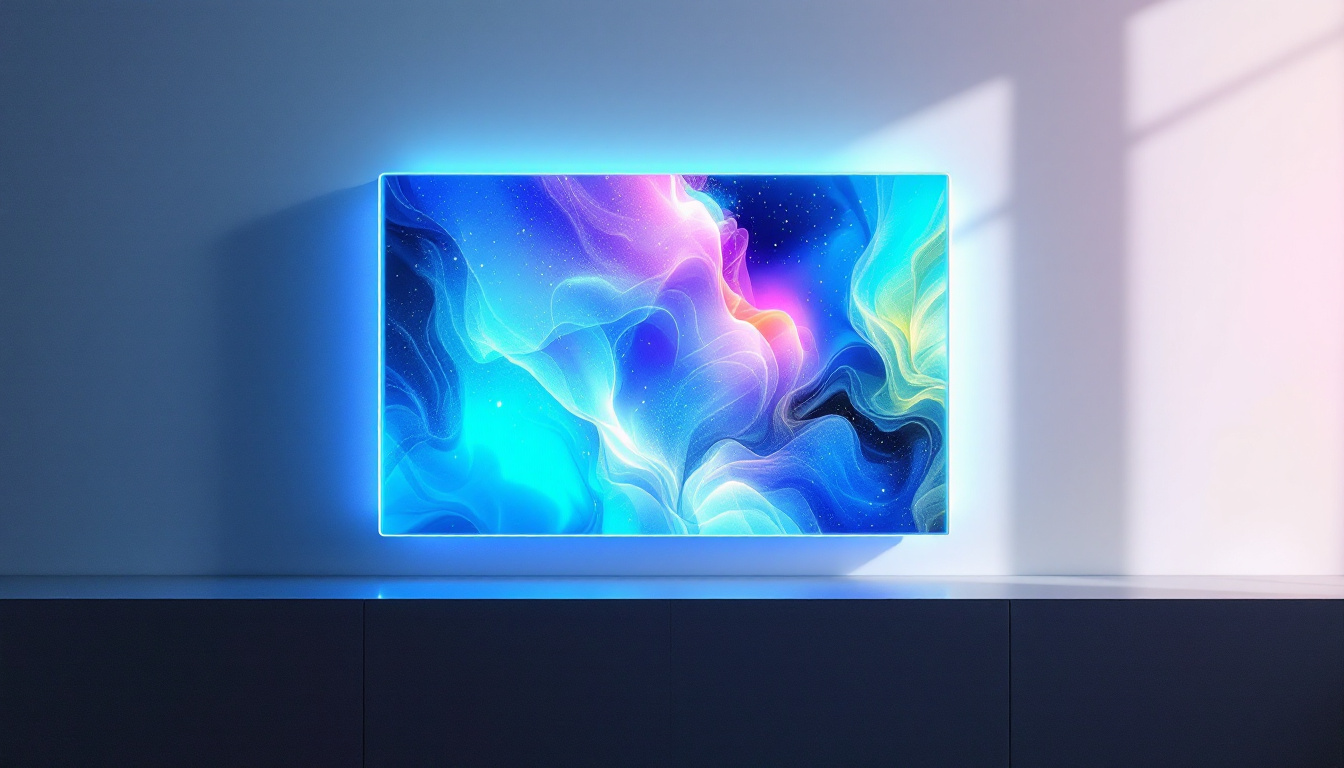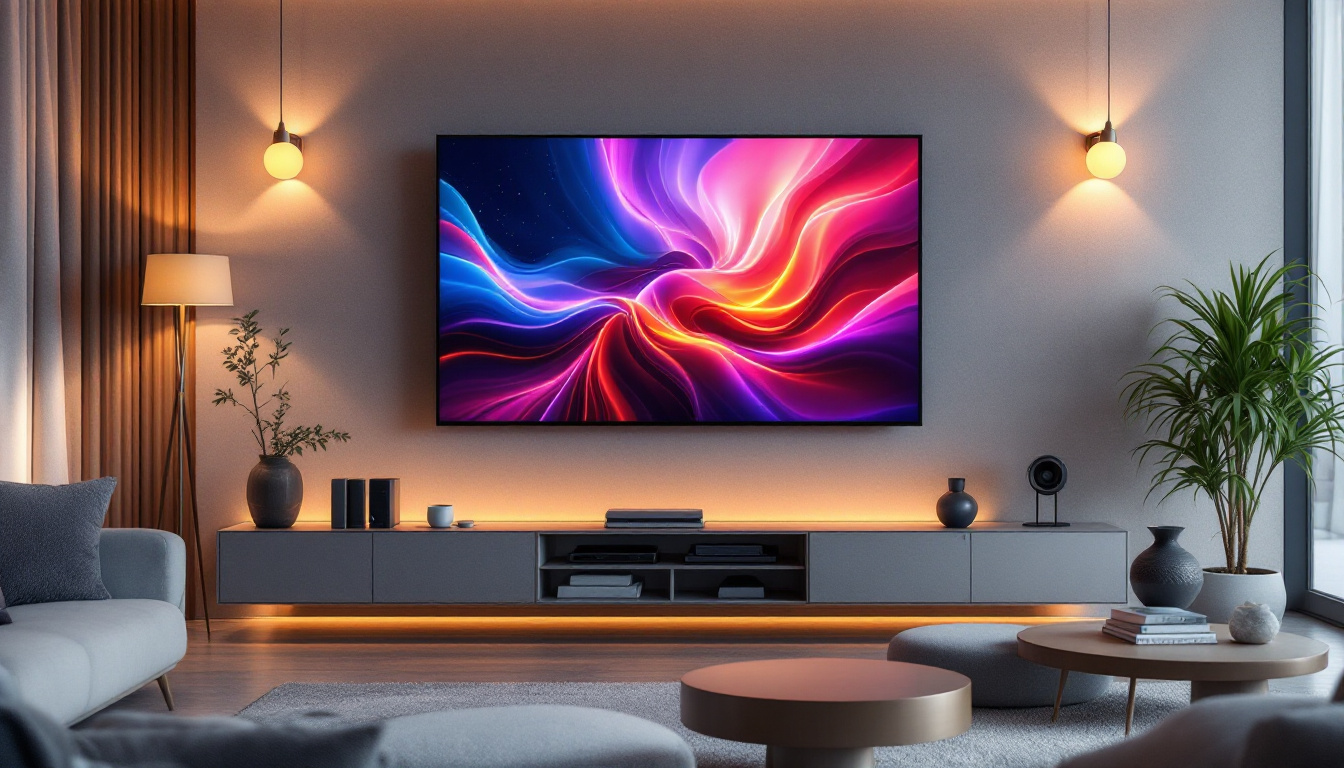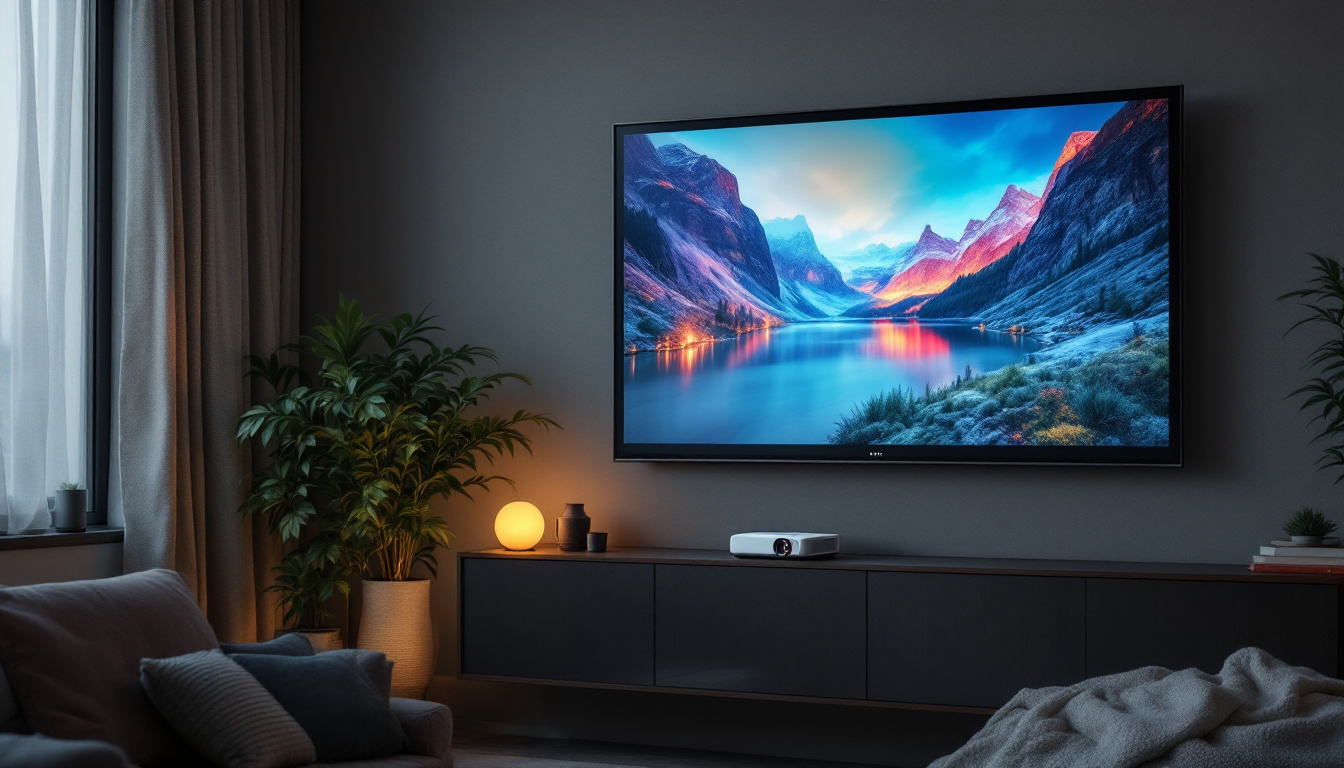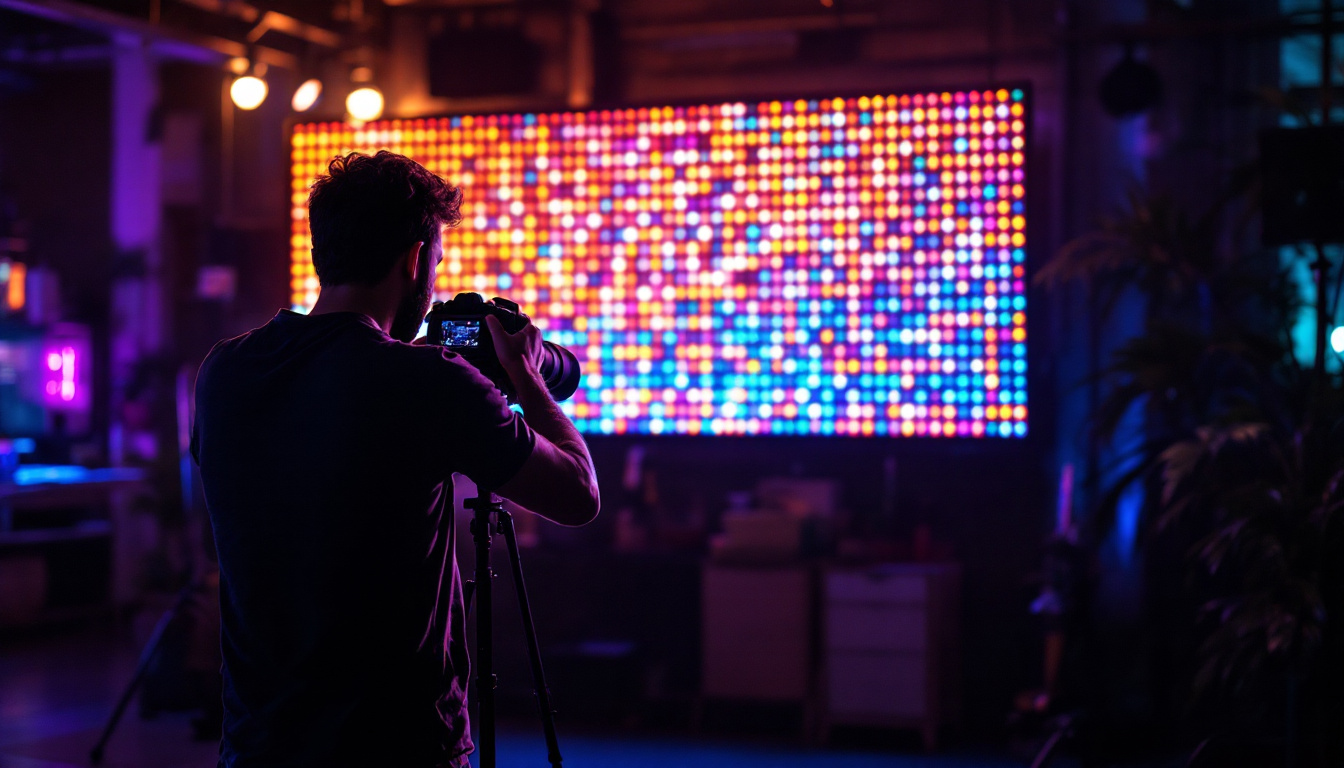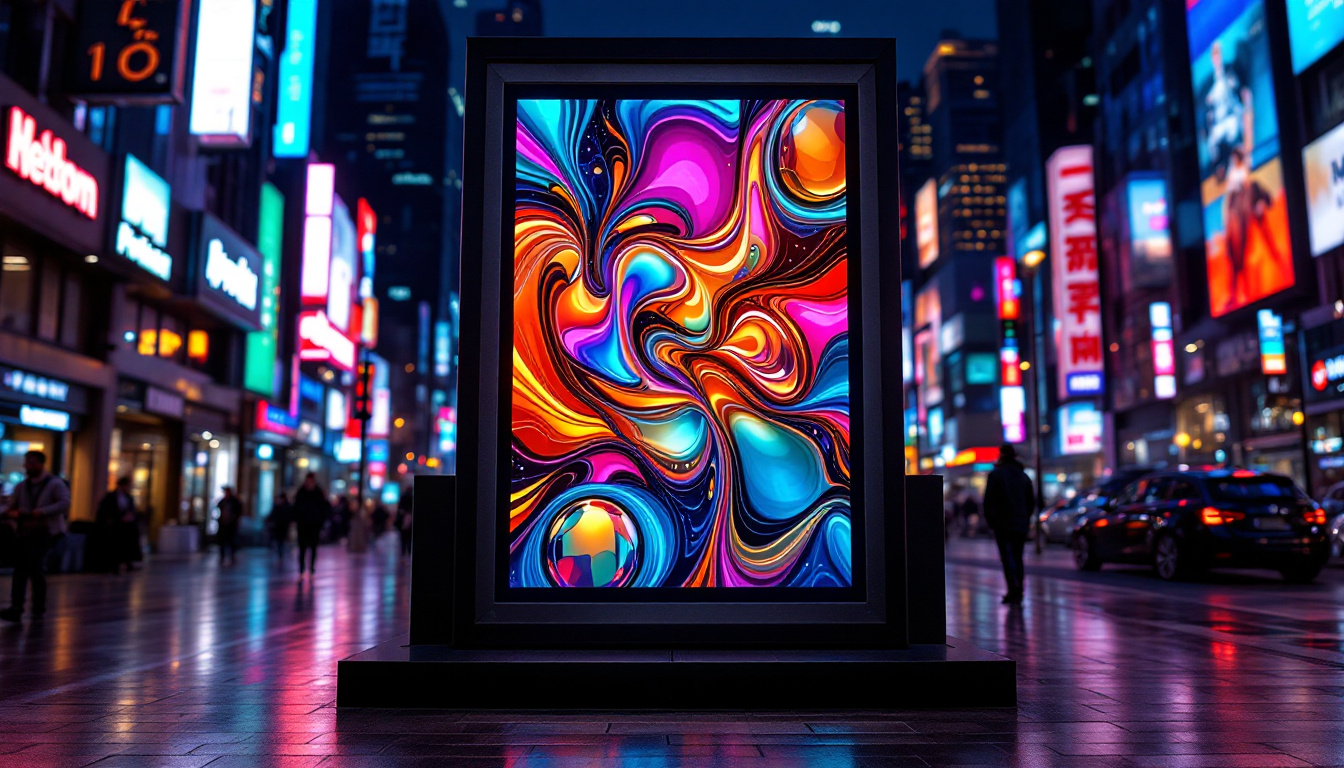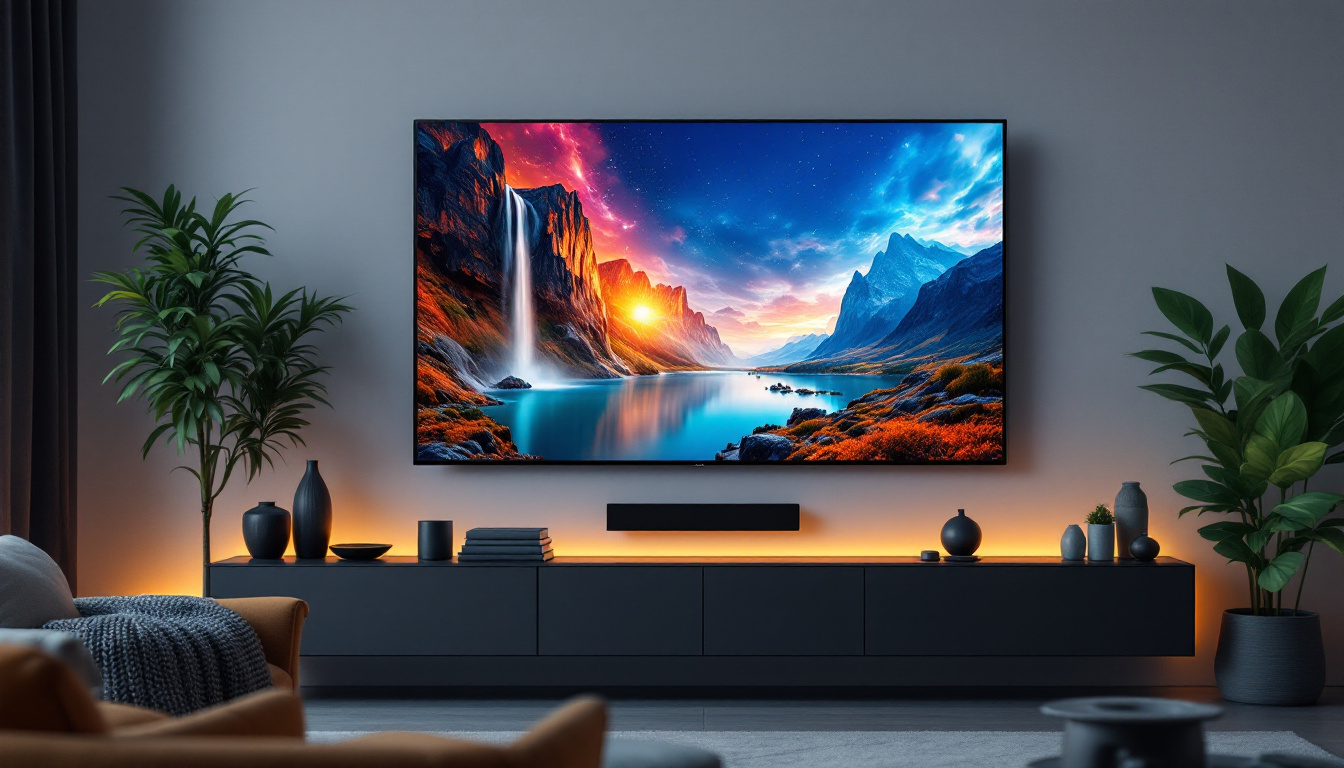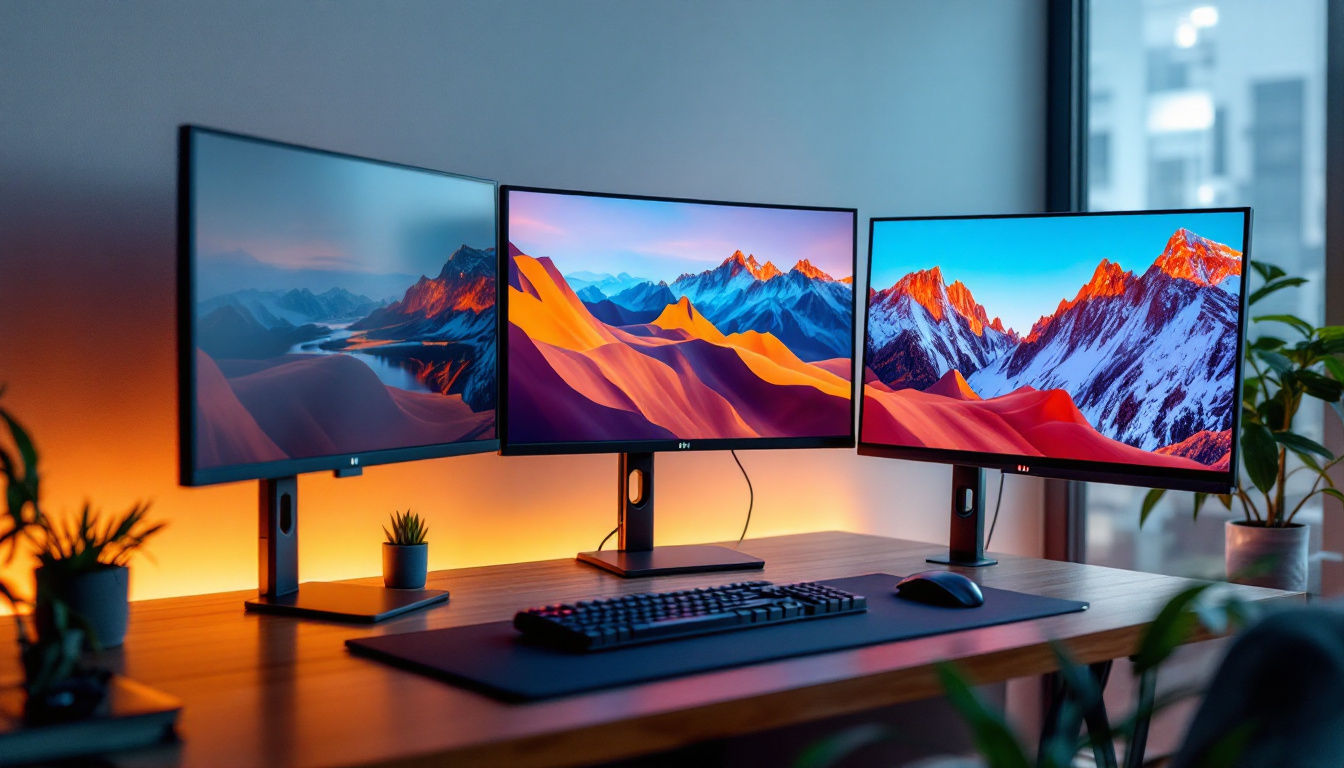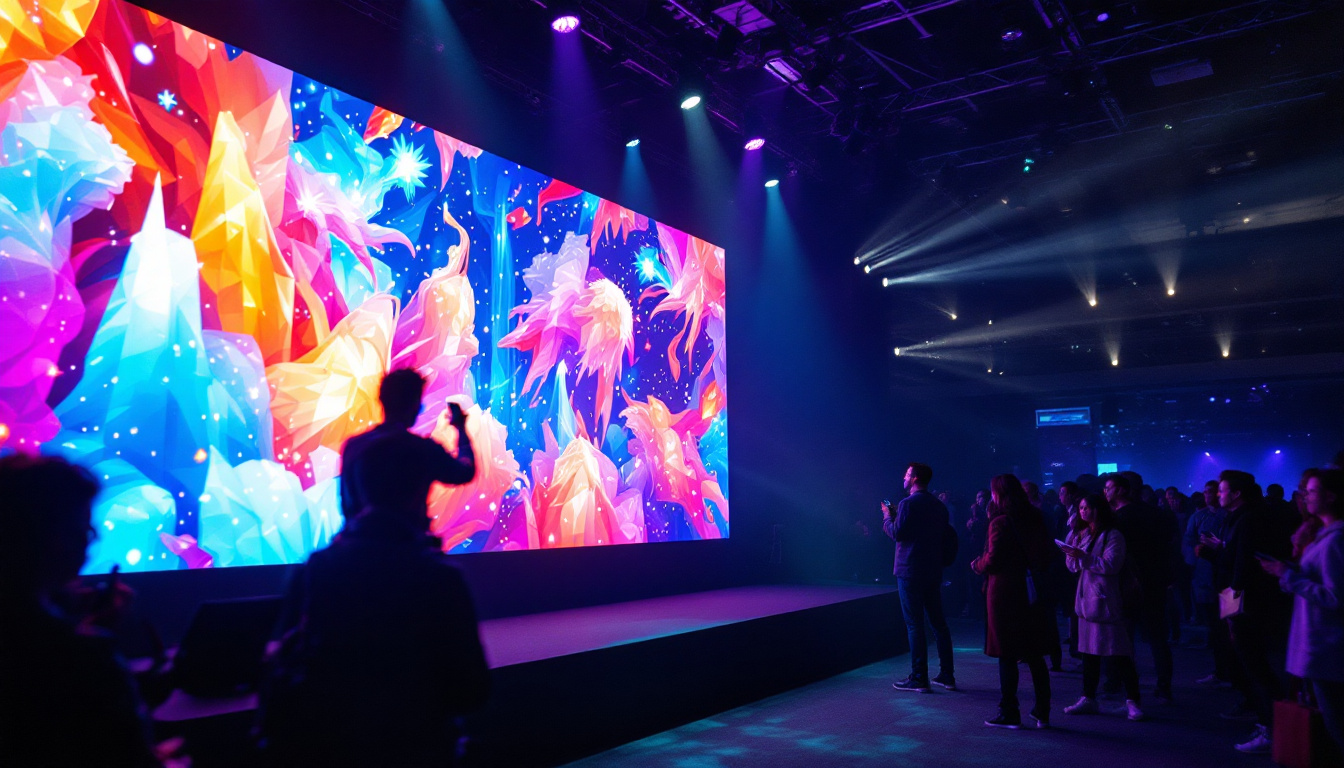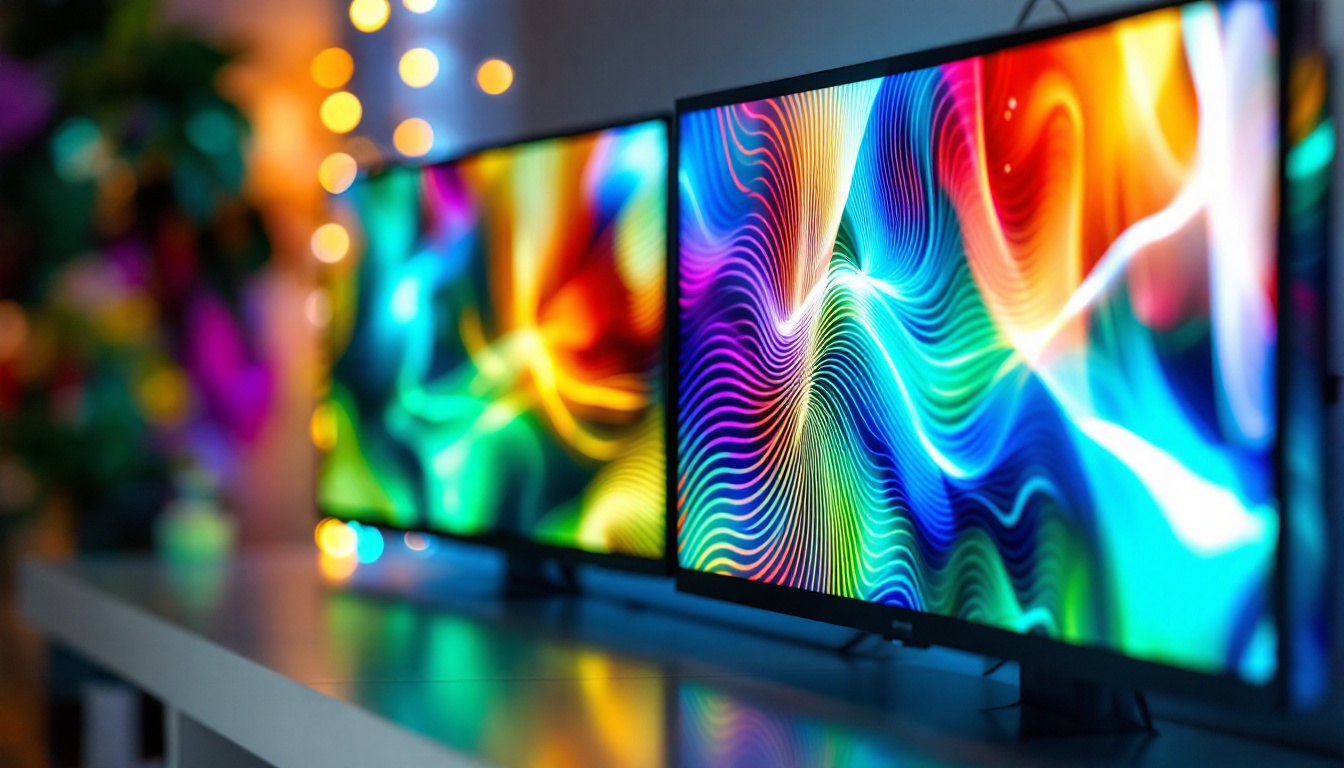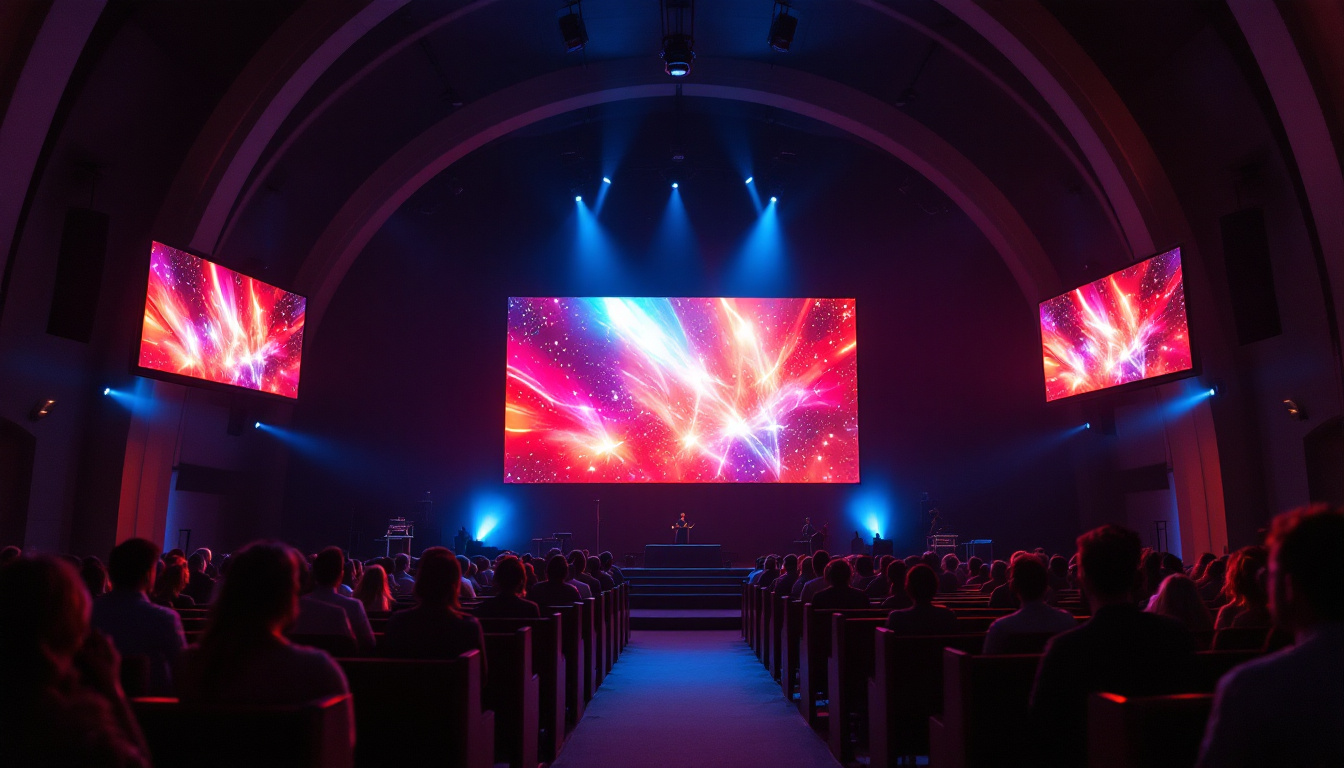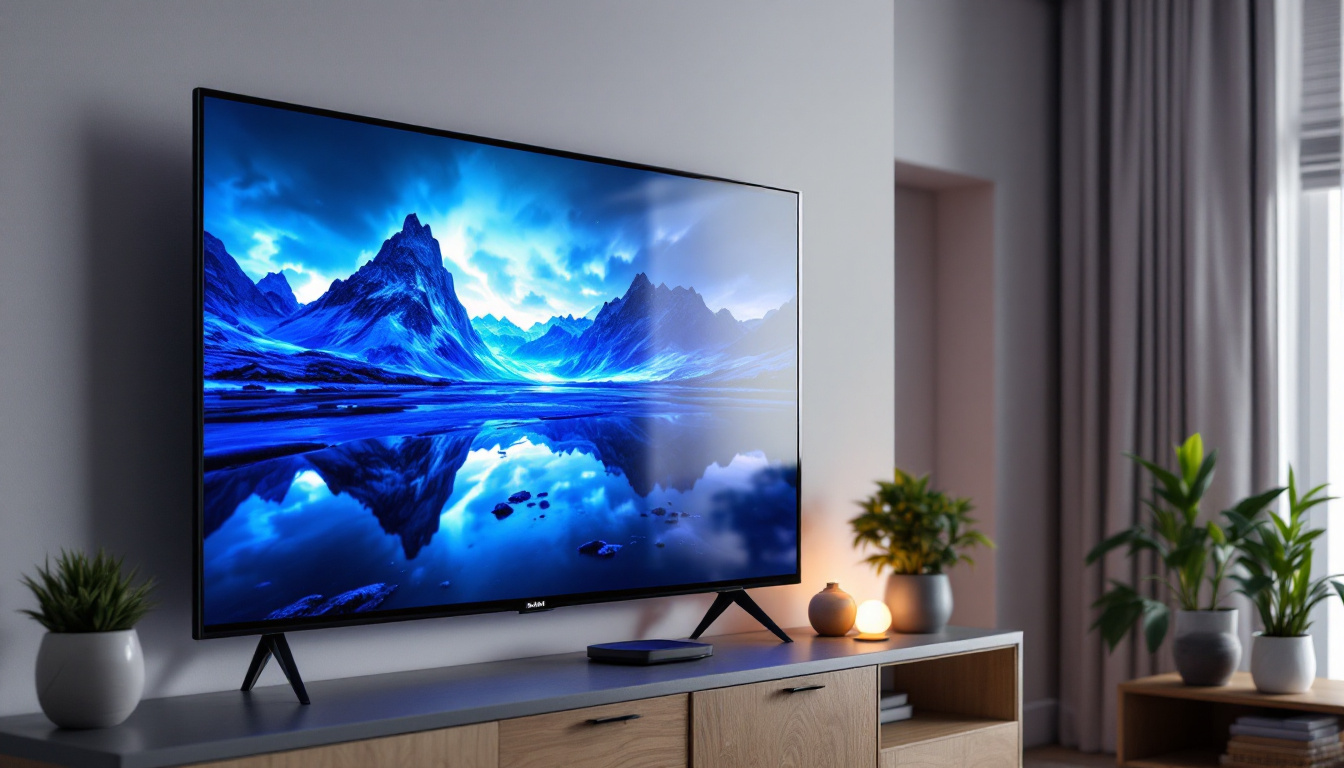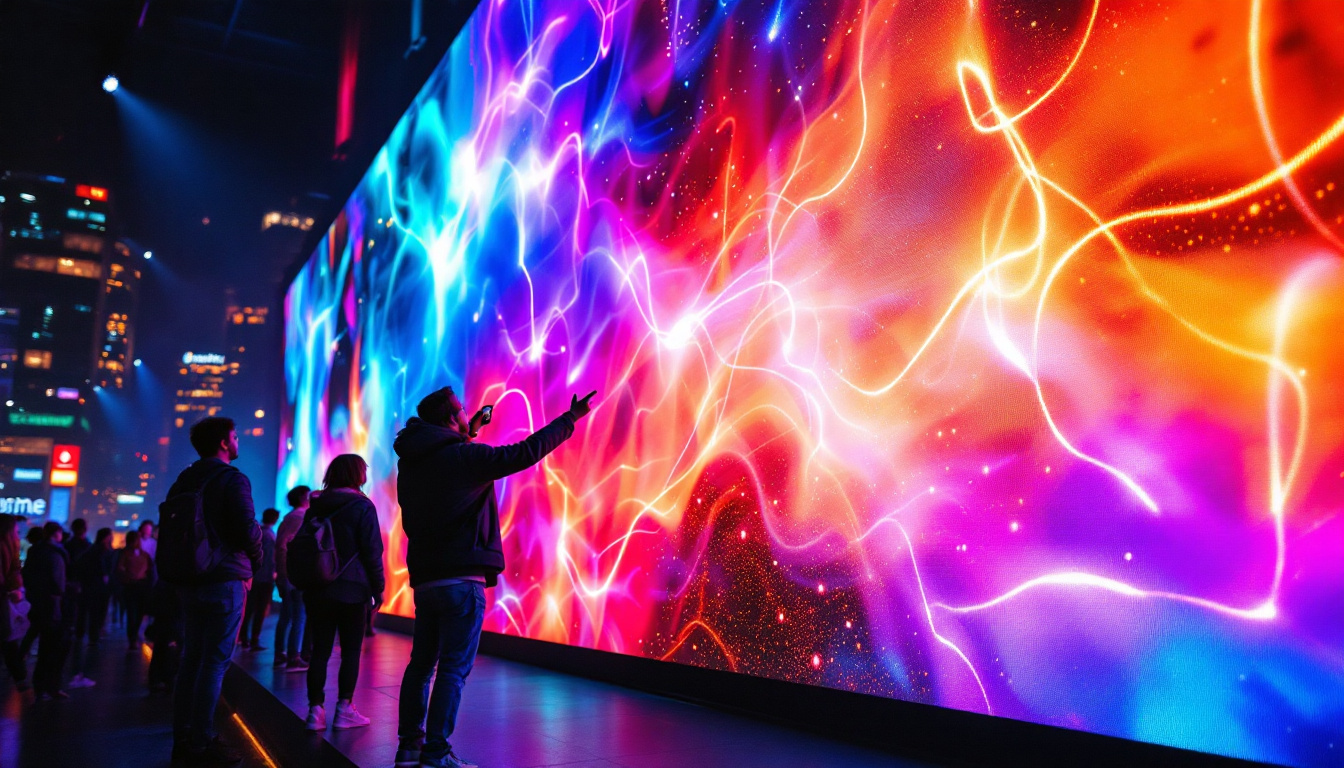Flat Screen TV LED: LED Display Explained
The evolution of television technology has ushered in a new era of viewing experiences, with LED displays taking center stage. As flat screen TVs have become ubiquitous in homes around the world, understanding the technology behind LED displays can significantly enhance the viewing experience. This article delves into the intricacies of LED technology, its advantages, and how it compares to other display technologies.
Understanding LED Technology
Light Emitting Diode (LED) technology has transformed the way images are displayed on screens. Unlike traditional cathode ray tube (CRT) televisions, which relied on bulky components to produce images, LED TVs utilize a more compact and efficient method. The fundamental principle behind LED displays is the use of semiconductor materials that emit light when an electric current passes through them.
How LED Displays Work
At the core of an LED display are thousands of tiny diodes that illuminate the screen. These diodes can be arranged in various configurations, leading to different types of LED displays, such as edge-lit and backlit panels. In edge-lit displays, LEDs are positioned along the edges of the screen, while backlit displays have LEDs placed directly behind the screen. This arrangement affects the brightness, contrast, and overall image quality.
When an image is displayed, the diodes emit light in varying intensities to create the desired colors and brightness levels. The combination of red, green, and blue (RGB) light from these diodes allows for a wide spectrum of colors, resulting in vibrant and lifelike images. The precision with which these diodes can be controlled enables advanced features such as HDR (High Dynamic Range), which enhances the contrast and color range of the displayed images, making them more realistic and immersive.
Types of LED Displays
There are primarily two types of LED displays: standard LED and OLED (Organic LED). While both utilize LED technology, they differ significantly in how they produce images. Standard LED displays use a backlight to illuminate the pixels, whereas OLED displays feature self-emissive pixels that can turn on and off individually. This allows OLED screens to achieve true blacks and an exceptional contrast ratio.
Moreover, there are variations within standard LED technology, including Full Array Local Dimming (FALD) and Quantum Dot LED (QLED). FALD enhances contrast by dimming specific areas of the screen, while QLED utilizes quantum dots to improve color accuracy and brightness. These advancements cater to different viewing preferences and environments. For instance, QLED displays are particularly well-suited for bright rooms due to their high brightness levels, making them ideal for daytime viewing. In contrast, OLED displays excel in darker environments, where their ability to produce deep blacks can create an unparalleled cinematic experience.
In addition to these types, the market has also seen the emergence of Mini-LED technology, which utilizes smaller LEDs to create more precise lighting zones. This innovation allows for even greater control over contrast and brightness, further enhancing the viewing experience. As manufacturers continue to push the boundaries of LED technology, consumers can expect even more sophisticated displays that offer improved energy efficiency, thinner designs, and superior image quality, making LED technology a cornerstone of modern visual entertainment.
Advantages of LED Displays
LED displays offer several advantages over traditional display technologies, making them a popular choice for consumers. Understanding these benefits can help individuals make informed decisions when purchasing a new flat screen TV.
Energy Efficiency
One of the most significant advantages of LED technology is its energy efficiency. LED displays consume less power compared to their CRT and plasma counterparts. This efficiency not only translates to lower electricity bills but also contributes to a reduced carbon footprint, making LED TVs an environmentally friendly option.
Image Quality and Brightness
LED displays are renowned for their superior image quality. With higher brightness levels and enhanced contrast ratios, these TVs can deliver stunning visuals, even in well-lit rooms. The ability to produce deep blacks and vibrant colors enhances the overall viewing experience, making LED TVs ideal for watching movies, sports, and gaming.
Thin and Lightweight Design
The compact nature of LED technology allows for slimmer and lighter television designs. This sleek profile not only saves space but also makes installation easier. Wall mounting and furniture placement become more versatile, catering to various room layouts and aesthetic preferences.
Comparing LED Displays with Other Technologies
While LED displays dominate the market, it is essential to compare them with other technologies to understand their position in the landscape of modern televisions. The most notable competitors are OLED and LCD technologies.
LED vs. OLED
OLED displays have gained popularity for their ability to produce true blacks and exceptional color accuracy. Unlike LED displays, which rely on a backlight, OLED screens emit light from each pixel individually. This results in superior contrast and viewing angles. However, OLED technology can be more expensive and may suffer from burn-in issues if static images are displayed for extended periods.
On the other hand, LED displays tend to be more affordable and are less prone to burn-in. They also offer a wider range of brightness levels, making them suitable for various lighting conditions. Ultimately, the choice between LED and OLED depends on individual preferences and budget considerations.
LED vs. LCD
LCD (Liquid Crystal Display) technology predates LED and is often confused with it. In reality, LED is a type of LCD that uses LED backlighting. Traditional LCDs utilize fluorescent backlights, which can result in less vibrant colors and lower energy efficiency. LED displays, with their advanced backlighting techniques, offer improved performance in terms of brightness and color accuracy.
While LCDs have their place in the market, particularly in budget-friendly options, LED displays have largely overshadowed them due to their superior capabilities. Consumers seeking a high-quality viewing experience are more likely to opt for LED technology.
Choosing the Right LED TV
With a plethora of options available, selecting the right LED TV can be a daunting task. Several factors should be considered to ensure the best fit for individual needs and preferences.
Screen Size and Viewing Distance
The size of the TV plays a crucial role in the overall viewing experience. A larger screen can enhance immersion, especially for movie nights and gaming sessions. However, the ideal screen size is also determined by the viewing distance. A general guideline is to sit approximately 1.5 to 2.5 times the diagonal screen size away from the TV for optimal viewing comfort.
Resolution and Picture Quality
Resolution is another critical factor when choosing an LED TV. The most common resolutions available are Full HD (1080p), 4K (2160p), and 8K (4320p). While Full HD is still prevalent, 4K has become the standard for new TVs, offering four times the pixel count of Full HD for sharper images. For those seeking the ultimate in picture quality, 8K TVs are emerging, though content availability is still limited.
Additionally, consider features such as High Dynamic Range (HDR), which enhances contrast and color accuracy, providing a more dynamic viewing experience. Look for TVs that support various HDR formats, including HDR10, Dolby Vision, and HLG.
Installation and Setup
Once the right LED TV has been chosen, the next step is installation and setup. Proper installation can significantly impact the viewing experience, making it essential to follow best practices.
Wall Mounting vs. Stand
Deciding whether to wall mount the TV or use a stand is a crucial consideration. Wall mounting can save space and create a sleek look, but it requires careful planning to ensure the TV is at the right height and securely attached. On the other hand, using a stand allows for flexibility in placement and can accommodate additional devices like gaming consoles and streaming boxes.
Connecting Devices
Modern LED TVs come equipped with multiple HDMI ports, USB connections, and other inputs for connecting devices. It is essential to ensure that the TV has enough ports for all desired devices, including streaming devices, gaming consoles, and sound systems. Additionally, consider investing in high-quality HDMI cables to maximize audio and video performance.
Maintenance and Care
To prolong the life of an LED TV and maintain optimal performance, regular maintenance and care are essential. Simple practices can significantly enhance the longevity of the device.
Cleaning the Screen
Keeping the screen clean is vital for maintaining picture quality. Use a microfiber cloth to gently wipe the screen, avoiding harsh chemicals that can damage the display. For stubborn smudges, a mixture of distilled water and vinegar can be used, but it is crucial to apply it to the cloth rather than directly on the screen.
Software Updates
Many LED TVs come with smart features that require regular software updates. These updates can improve performance, add new features, and enhance security. Regularly check for updates through the TV’s settings menu to ensure the device operates smoothly.
The Future of LED Technology
The future of LED technology looks promising, with ongoing advancements that continue to enhance the viewing experience. Innovations such as MicroLED and MiniLED are on the horizon, promising even better picture quality and efficiency.
MicroLED Technology
MicroLED technology utilizes tiny individual LEDs to create images, similar to OLED but without the drawbacks of burn-in. This technology offers incredible brightness, contrast, and color accuracy, making it a potential game-changer in the television market. As production costs decrease, MicroLED TVs may become more accessible to consumers.
Smart Features and Integration
As televisions become increasingly connected, the integration of smart features is expected to expand. Future LED TVs will likely offer enhanced voice control, improved app ecosystems, and better compatibility with smart home devices. This evolution will make it easier for users to access content and control their viewing experience seamlessly.
Conclusion
LED display technology has revolutionized the way viewers experience television, offering superior image quality, energy efficiency, and sleek designs. Understanding the nuances of LED technology, its advantages, and how it compares to other display types can empower consumers to make informed decisions when purchasing a new flat screen TV.
As technology continues to evolve, the future of LED displays promises even more exciting developments. Whether opting for a standard LED, OLED, or exploring the potential of MicroLED, the journey into the world of flat screen TVs is an exciting one, filled with possibilities for enhanced entertainment experiences.
Discover the Future of Visual Entertainment with LumenMatrix
Ready to elevate your viewing experience with the latest advancements in LED display technology? LumenMatrix invites you to explore a world where vibrant colors, dynamic contrasts, and innovative designs come together to create unforgettable visual experiences. From the comfort of your home to the excitement of outdoor events, our extensive range of LED display solutions, including Indoor and Outdoor LED Wall Displays, Vehicle LED Displays, and more, are crafted to captivate and engage. Check out LumenMatrix LED Display Solutions today and join us in the revolution of visual communication.

